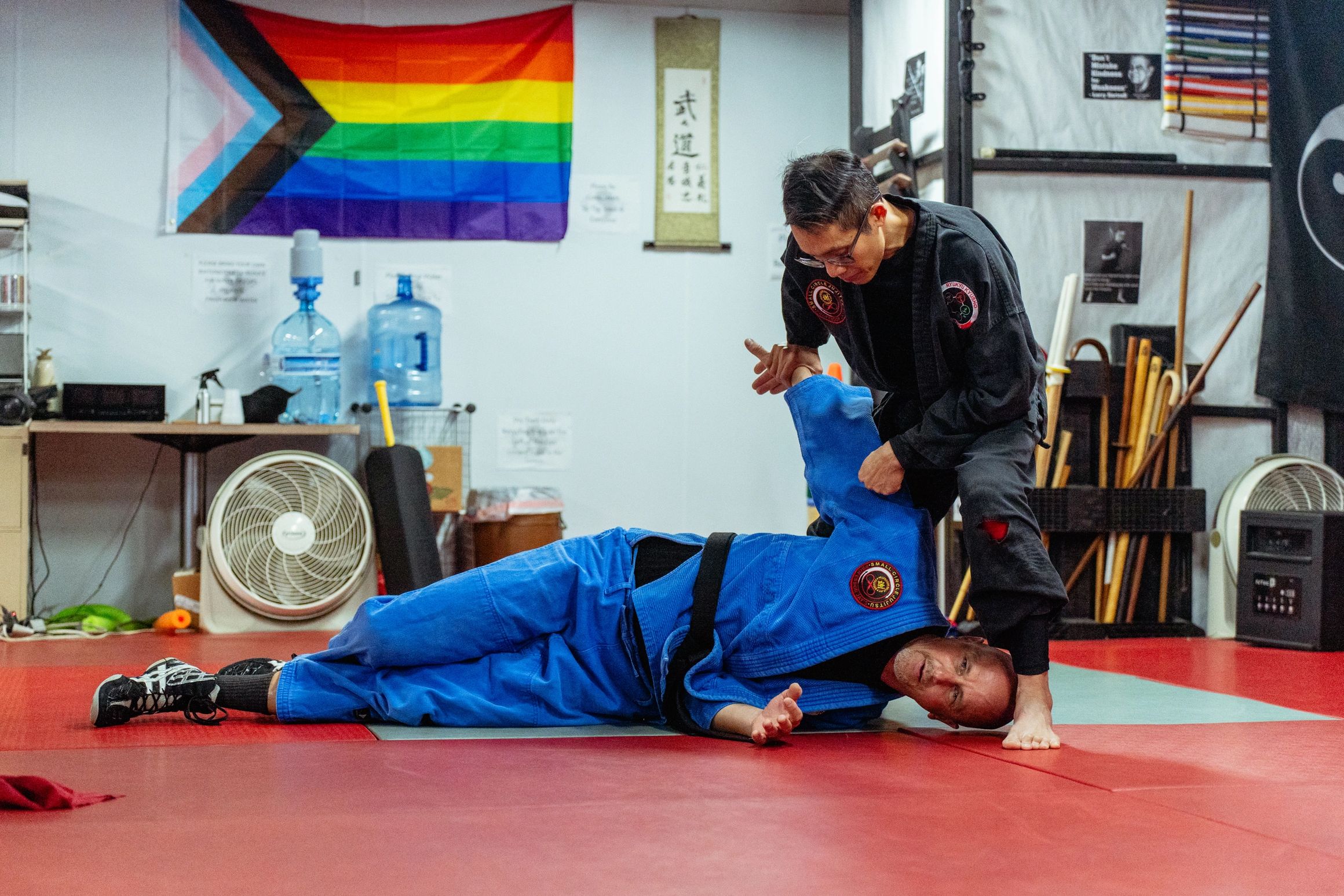Martial Arts and the Reality of Violence
Does Silat (or any martial art) really work in real life? Let’s dive in.
If you’re familiar with martial arts discussions, you’ve probably heard the term Bullshido—the critique that certain techniques or practices won’t hold up in real-life violence. And honestly? It’s a fair question.
Here’s the reality:
No martial art, including Silat, claims to perfectly replicate real-life violence. Why? The only way to fully prepare for violence is to engage in it—but that’s neither practical nor responsible, because we live in a society governed by laws and ethics.
So why train? I focus on three key principles:
1. Building Skills in Controlled Chaos
A training mat is a place to simulate and prepare for unpredictability. Silat training hones balance, timing, focus, and mental resilience—skills that are invaluable in navigating unexpected situations.
2. Cultivating Confidence Without Recklessness
True confidence isn’t about believing you’ll "win" every encounter. It’s about knowing you can assess, adapt, and make smart decisions—whether that’s de-escalating, defending, or escaping.
3. Developing autonomy of movement
Martial arts training is also about developing autonomy of movement—understanding your body, reacting effectively, and of course avoiding habits that create a false sense of security. Silat emphasizes adaptability, awareness, and practicality, ensuring your movements are grounded in real-world application.
At the end of the day, no martial art can promise you’ll walk away unscathed. Case in point here. And Silat isn’t about guarantees. It’s about equipping your body and mind to move and make decisions with clear purpose, even when things get unpredictable.
Real-world violence is chaotic and terrifying. Silat helps you stay calm, focused, and adaptable in those moments when it matters most.
What’s your take on martial arts and real-life application? Comment below and share your thoughts.




Comments
Post a Comment